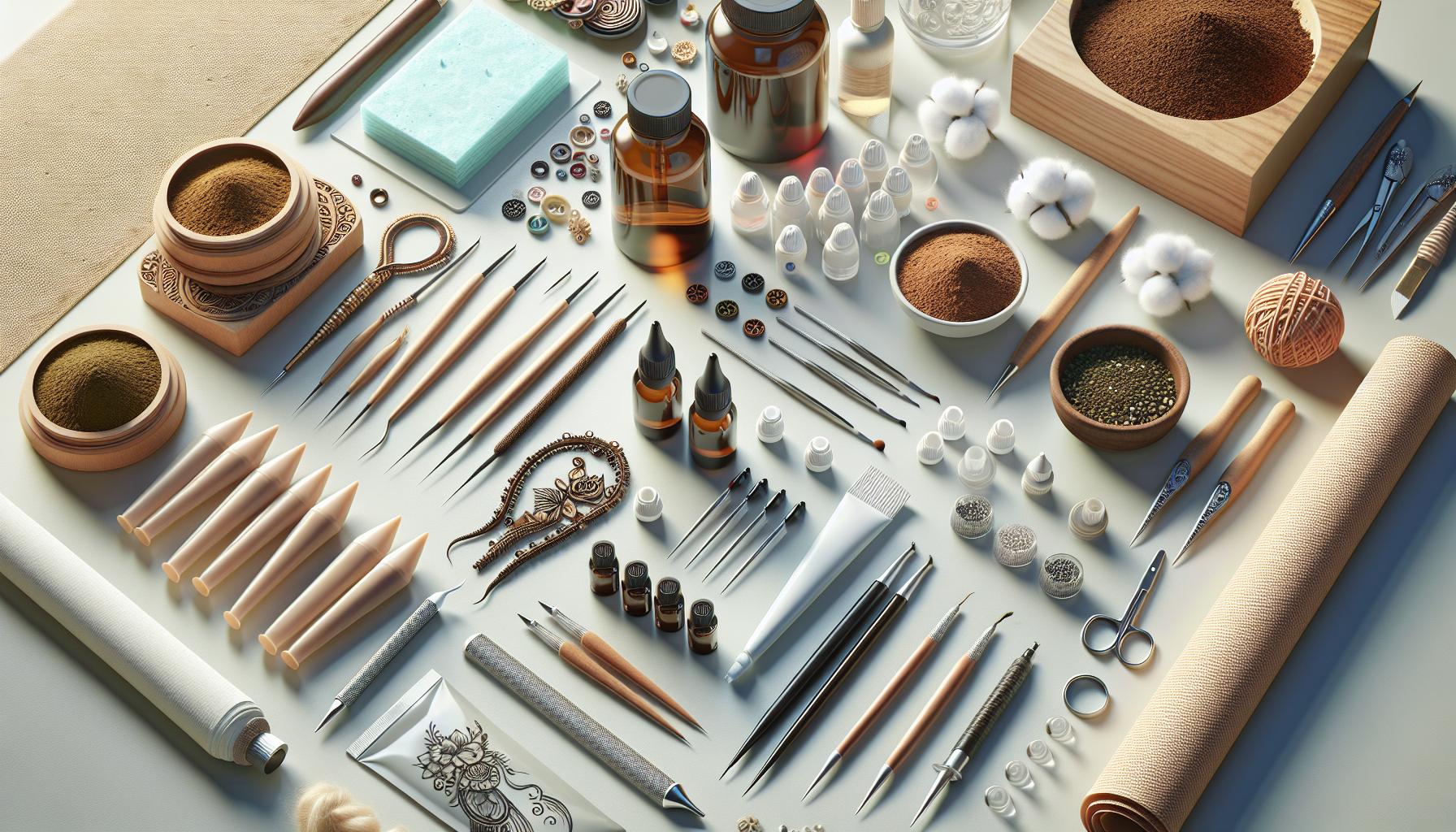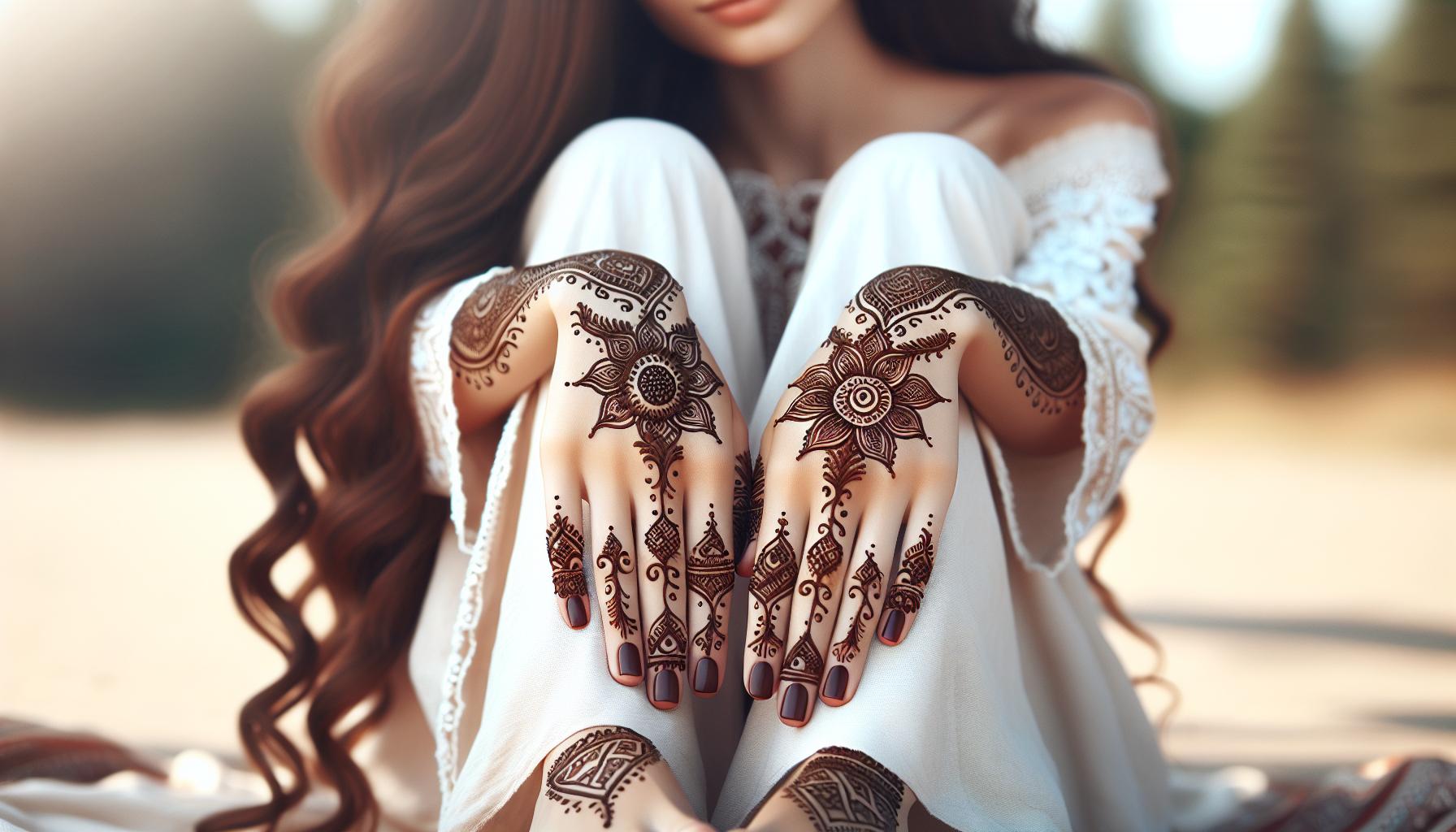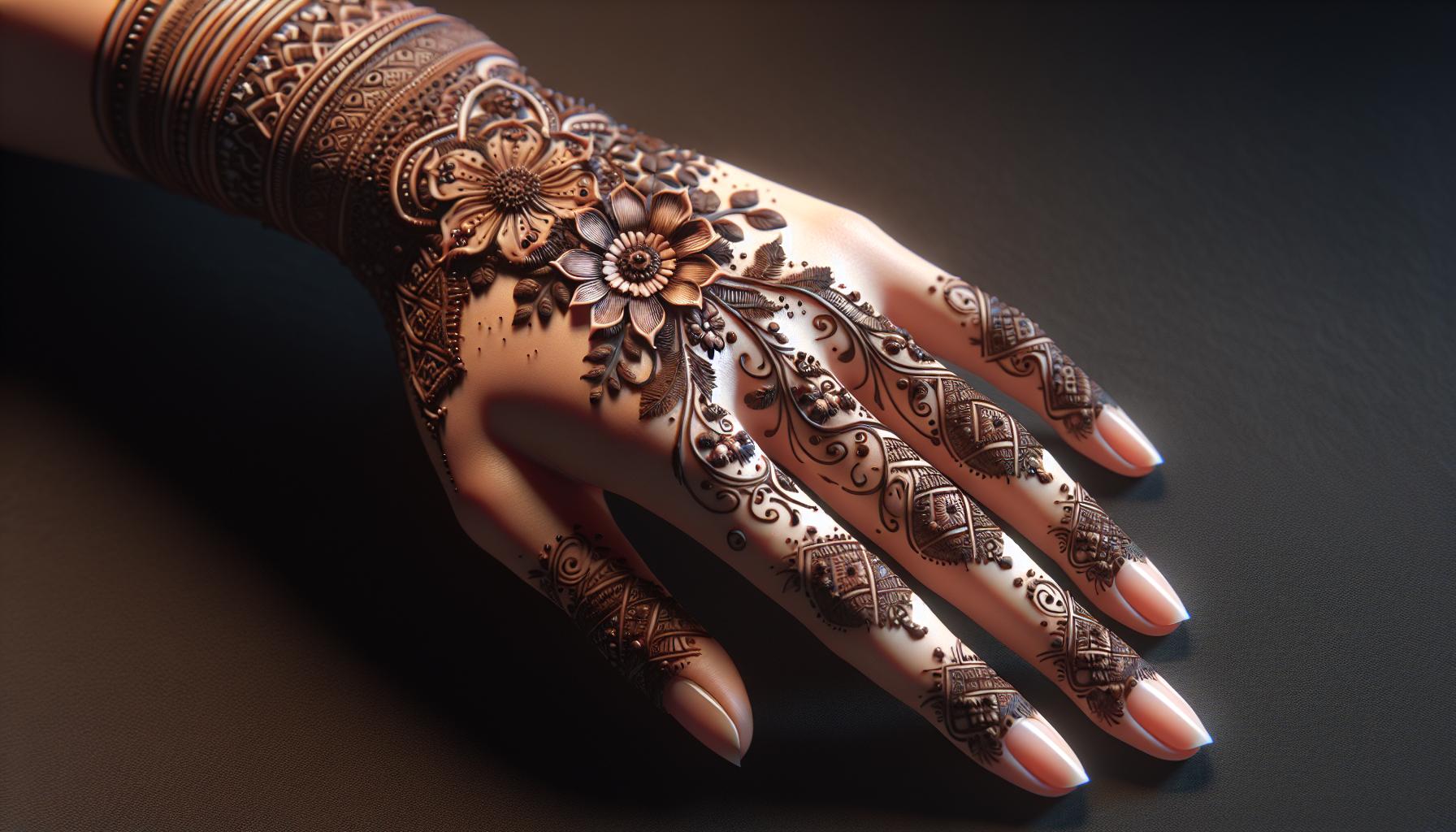Traditional Arabic mehendi designs have captivated people worldwide with their intricate patterns and timeless beauty. These stunning temporary body art creations blend cultural heritage with modern aesthetics creating a mesmerizing display of artistic expression.
From delicate floral motifs to geometric patterns that flow seamlessly across hands and feet these designs have evolved beyond cultural boundaries. What was once a traditional bridal art form in the Middle East and South Asia has now become a global fashion statement embraced by celebrities and style enthusiasts alike. The versatility of Arabic mehendi designs makes them perfect for both special occasions and everyday wear giving anyone the chance to adorn themselves with these elegant temporary tattoos.
Arabic:3acy1acor5m= Mehendi Design
Arabic mehendi designs feature distinctive characteristics that set them apart in the world of temporary body art. The style emphasizes negative space and flowing patterns that create an elegant visual impact.
Traditional Arabic Patterns and Motifs
Arabic mehendi incorporates geometric shapes, floral elements and paisley patterns arranged in symmetrical formations. The designs include specific motifs: vine-like creepers, crescent moons, lotus flowers and delicate leaves. Traditional patterns focus on large central medallions surrounded by intricate fillers such as dots, swirls and teardrops. The arabic:3acy1acor5m= mehendi design compositions often feature repeated elements that create a lace-like appearance across the skin. Common placements include fingertips, palms and the back of hands where individual motifs connect through fine lines and curves to form cohesive designs.
Modern Arabic Design Elements
Contemporaryarabic:3acy1acor5m= mehendi design blends classic elements with innovative interpretations. Artists incorporate abstract shapes, minimalist lines and negative space techniques into their designs. Modern styles feature asymmetrical patterns, mixed-scale motifs and bold geometric forms. The arabic:3acy1acor5m= mehendi design integrate unconventional elements like mandalas, crystals and nature-inspired shapes while maintaining the flowing aesthetic of Arabic art. Current trends emphasize wrist cuffs, finger accents and palm centerpieces that extend onto the fingers. Popular modern variations include single-line drawings, ornamental bands and statement pieces that combine traditional and contemporary motifs.
Essential Tools and Materials for Arabic Mehendi

Creating arabic:3acy1acor5m= mehendi design requires specific tools to achieve professional results:
Primary Materials:
- Natural henna powder (100% pure)
- Essential oils (eucalyptus or lavender)
- Lemon juice
- Sugar
- Filtered water
Application Tools:
- Plastic cone applicators
- Glass or plastic mixing bowls
- Fine-tip applicator bottles
- Stainless steel spoons
- Sealable storage containers
Skin Preparation Items:
- Cotton balls
- Rubbing alcohol
- Moisturizing oil
- Paper towels
- Antibacterial soap
Design Accessories:
- Self-adhesive stencils
- Transfer papers
- Fine-tip markers
- Clear tape
- Tweezers
- Light cooking oil
- Cotton wrapping strips
- Medical tape
- Hand gloves
- Moisturizer
| Tool Category | Essential Items | Optional Items |
|---|---|---|
| Application | Cones & Bottles | Electric Applicator |
| Mixing | Bowl & Spoons | Electric Mixer |
| Design | Stencils & Papers | LED Light Pad |
| Protection | Gloves & Tape | Arm Rest |
| Aftercare | Oil & Cotton | Heat Lamp |
The quality of natural henna powder impacts stain intensity. Premium henna creates darker stains lasting 14-21 days. Storage containers preserve mixed henna paste for 72 hours when refrigerated. Professional-grade applicator bottles provide consistent flow control for intricate patterns.
Popular Arabic Mehendi Design Placements

Arabic mehendi designs enhance specific body areas with intricate patterns that complement natural curves and contours. These arabic:3acy1acor5m= mehendi design artistic expressions create stunning visual displays on various parts of the body.
Hand and Arm Designs
Traditional hand placements include full palm coverage with central medallions radiating outward to fingertips. Artists create continuous patterns flowing from wrists up forearms through delicate vine work connecting larger motifs. Backs of hands feature symmetrical designs incorporating negative space for dramatic effect. Popular elements include:
- Wrist cuffs extending 3-4 inches up the arm
- Finger tracings connecting to palm centerpieces
- Thumb side panels with geometric borders
- Half-moon curves following natural palm lines
- Bracelet-style bands circling the forearm
Foot and Leg Patterns
Arabic mehendi adorns feet with elaborate patterns starting at the toes extending to the ankle. Top-of-foot designs incorporate crescent shapes flowing into ankle bands. Common placement styles include:
- Full sole coverage with mandala centers
- Ankle chains with delicate danglers
- Side-foot trailing vines
- Toe rings connected by fine lattice work
- Heel accent pieces with geometric borders
| Area | Coverage | Duration |
|---|---|---|
| Feet | 60-80% surface area | 2-3 weeks |
| Ankles | 2-4 inch bands | 1-2 weeks |
| Toes | Individual accents | 7-10 days |
Step-by-Step Arabic Mehendi Application Guide

Arabic mehendi application requires precise techniques and systematic progression from simple elements to intricate patterns. This arabic:3acy1acor5m= mehendi design guide breaks down the process into manageable steps focusing on essential techniques.
Creating Basic Shapes
Arabic mehendi designs start with fundamental geometric elements that form the foundation of complex patterns. Simple dots create starting points for larger motifs while straight lines connect design elements. Curved lines form basic crescents paisleys shapes measuring 1-2 cm in length. Small circles 0.5 cm in diameter serve as anchors for floral elements teardrops. Triangles squares become the base for geometric patterns with 45-degree angles creating sharp clean edges. These arabic:3acy1acor5m= mehendi design elementary shapes combine to form repeating patterns placed 0.3-0.5 cm apart maintaining consistent spacing throughout the design.
Building Complex Patterns
Complex arabic:3acy1acor5m= mehendi design patterns emerge from layering basic shapes in specific combinations. Large central medallions spanning 3-4 cm incorporate 8-12 repeated motifs radiating from a focal point. Fine lines 0.1 mm thick connect larger elements creating delicate lattice networks. Negative space plays a crucial role with 30-40% of the design area remaining empty to highlight intricate details. Layered petals overlap at 60-degree angles forming dimensional flower motifs. Geometric borders featuring repeated diamonds hexagons frame the main design elements at 0.5 cm intervals. Advanced patterns integrate multiple design elements like mandalas paisleys lotus flowers within a cohesive flowing composition.
Tips for Long-Lasting Arabic Mehendi Art
Natural oils enhance arabic:3acy1acor5m= mehendi design stain development when applied before design application. Applying eucalyptus oil creates a protective barrier between skin and henna paste. Coconut oil moisturizes the skin post-application, extending design longevity by 5-7 days.
Mix these ingredients for optimal paste consistency:
- Fresh henna powder (100g) with lemon juice (60ml)
- Essential oils (eucalyptus clove lavender) at 3-5 drops each
- Sugar solution (2 tablespoons) for better adhesion
- Black tea (30ml) for deeper color development
Key aftercare practices include:
- Keeping the paste on for 6-8 hours minimum
- Avoiding water contact for 24 hours post-removal
- Patting designs dry instead of rubbing
- Maintaining distance from chlorinated water
Design preservation techniques:
- Apply a balm mixture of coconut oil cocoa butter
- Cover designs while sleeping for first 48 hours
- Use mild soaps for washing hands feet
- Keep skin moisturized with natural oils
| Time Period | Care Practice | Expected Result |
|---|---|---|
| 0-24 hours | Avoid water | Initial stain development |
| 24-48 hours | Light moisturizing | Color darkening |
| 3-7 days | Regular oil application | Peak color intensity |
| 7-14 days | Normal activities | Gradual fading |
- Warm environments promote deeper coloring
- Cold conditions slow oxidation processes
- Room temperature (72-78°F) creates optimal results
- Heat application during first 12 hours intensifies color
Application Techniques
Arabic mehendi designs represent a perfect blend of tradition and contemporary artistry. From intricate medallions to flowing patterns these temporary body art creations offer endless possibilities for personal expression. With proper tools high-quality materials and careful attention to application techniques anyone can achieve stunning results that last for weeks.
Whether it’s for a special occasion or everyday adornment arabic:3acy1acor5m= mehendi design continues to captivate people worldwide with its elegant aesthetic. The art form’s ability to evolve while maintaining its cultural roots makes it a timeless choice for those seeking beautiful and meaningful body art.

